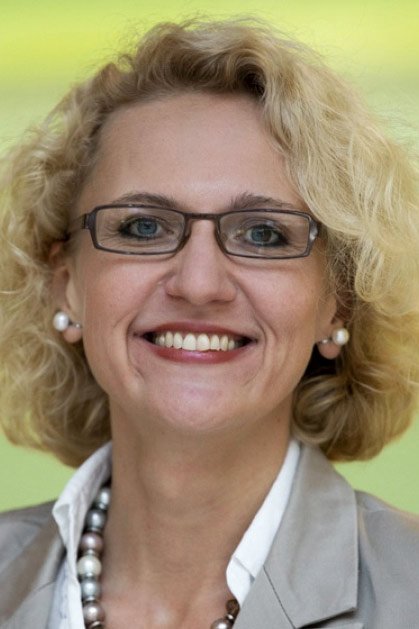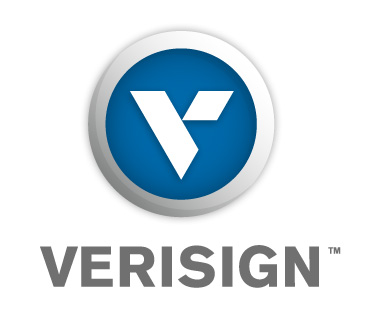


|
||
|
||
As the global digital order enters an era of intensifying geopolitical tension, debates over digital sovereignty have re-emerged as a defining fault line in Internet governance. At stake is not merely who controls data or infrastructure within national borders but whether the vision of a globally interoperable, open Internet, one of WSIS’s founding principles, can be meaningfully sustained. As we approach the IGF in Norway and the WSIS+20 High-Level Meeting, these tensions call for critical reflection. Digital sovereignty has become a policy imperative for many governments. Within the European Union, the concept has been articulated as “technological autonomy,” aimed at reducing dependency on foreign cloud providers and platform monopolies. In the BRICS bloc, digital sovereignty often encompasses data localization mandates, state-run infrastructure, and efforts to construct alternative governance models. Even within liberal democracies, calls for tighter jurisdictional control over digital resources are growing, spurred by concerns about cyber threats, disinformation, and economic competitiveness.
Yet these sovereign ambitions pose complex challenges to the multistakeholder governance model established during the WSIS process in 2003 and 2005. WSIS’s original vision rested on the principle that the governance of the Internet should involve all stakeholders: governments, civil society, the private sector, and the technical community, on equal footing. In practice, digital sovereignty often means that states take more control over the Internet on their own, which sidelines non-state actors and weakens systems that rely on open standards and shared stewardship. The Sovereignty Paradox
Digital sovereignty is conceptually ambiguous. For some, it is a protective shield against external interference and economic dependency. For others, it is a rhetorical device masking a desire for censorship, surveillance, and exclusion. The paradox lies in the fact that sovereign control over the digital domain often entails measures, such as data localisation, national routing mandates, or DNS filtering, that undermine the very interoperability and universality that makes the Internet function. What is equally important is the fact that digital sovereignty, as we know it, is not evenly distributed. States with technological and infrastructural capacity are far more capable of asserting meaningful digital autonomy. For developing countries, “sovereignty” may simply mean dependency on a different geopolitical actor or vendor ecosystem. This asymmetry risks entrenching a new digital colonialism under the guise of independence.
The 20-year review of the WSIS process comes at a moment of structural transformation. Since 2005, the global Internet governance landscape has expanded in both institutional complexity and normative divergence. The IGF remains a cornerstone of the WSIS legacy, but its non-decision-making nature continues to frustrate those seeking enforceable outcomes. Parallel processes, such as the Global Digital Compact (GDC), the UN’s Open-Ended Working Group on ICTs, and various regional cyber norms dialogues, are promoting their own governance proposals, not all of which are aligned with the WSIS philosophy.
WSIS+20, therefore, offers a unique opportunity not only to reaffirm foundational principles but to evolve them. The question is whether it can serve as a platform for constructive dialogue on sovereignty that reconciles state concerns with the preservation of a globally unified Internet.
To do so, the WSIS+20 roadmap must confront the governance implications of digital sovereignty directly, not obliquely. This means encouraging discussions with all stakeholders to examine the basic ideas behind sovereignty claims, supporting research on how fragmentation affects the Internet, and strengthening the role of technical standards groups and Regional Internet Registries (RIRs) that are essential for keeping the Internet working smoothly worldwide.
Also, recent developments within the United Nations Open-Ended Working Group (OEWG) on security in the use of information and communications technologies have further underlined the international recognition of the need for a multistakeholder approach to Internet governance. The release of the OEWG’s “zero draft” in preparation for its July 2025 session acknowledges the limitations of purely state-centric governance models. It affirms that effective cybersecurity and responsible behaviour in cyberspace require the active participation of civil society, the private sector, technical communities, and academia. The draft proposes pathways for structured engagement with these stakeholders, reaffirming that security and stability in the digital domain cannot be ensured through state action alone. This reflects the same ideas promoted in the WSIS process and reminds us that digital sovereignty should not mean shutting others out: a strong and secure digital future depends on working together.
Perhaps the most immediate risk posed by unchecked digital sovereignty is the fragmentation of core Internet infrastructure. The Domain Name System is increasingly being affected by countries trying to assert more control. Some governments are testing their own DNS root servers, blocking certain domain names, or using systems that don’t follow the global DNS managed by IANA. These actions can harm the technical reliability of the Internet and go against the idea of shared decision-making that WSIS was meant to support.
Similarly, jurisdictional overreach in content regulation or data access can coerce DNS intermediaries: registries, registrars, and resolvers into state service. Such “censorship-by-infrastructure” is a particularly “wicked” problem because it weaponizes neutral systems to enforce policy objectives without transparent oversight or accountability. If left unaddressed, these practices risk fracturing the Internet at the protocol layer, leading to incompatible national networks with limited cross-border interoperability.
WSIS+20 must take up the challenge of protecting DNS integrity as a matter of global public interest. This includes advocating for a strengthened ICANN accountability framework, renewed investment in DNSSEC and related technical safeguards, and clearer normative boundaries around state intervention in naming infrastructure.
For multistakeholderism to remain feasible in the face of digital sovereignty claims, it must be strengthened, not merely repeated. Too often, the term is invoked as a talisman rather than a framework for power-sharing. The Sao Paulo Multistakeholder Guidelines, referenced in recent WSIS+20 consultations, offer one possible roadmap. They emphasize transparency, inclusivity, and procedural fairness, not merely institutional participation.
However, the operationalization of these principles requires more than rhetorical support. It requires capacity building for underrepresented stakeholders, especially from the Global South, safeguards against corporate capture, and mechanisms for translating deliberation into influence. WSIS+20 should prioritize institutional reforms to the IGF and related bodies to enhance legitimacy, including the establishment of expert working groups, issue-specific tracks, and outputs that can guide policy even in the absence of binding resolutions.
The deeper task for WSIS+20 is to develop a governance framework that bridges sovereignty with interdependence. This is not a matter of compromise but of synthesis. A really modern conception of digital sovereignty must recognize that no single state, however powerful, can unilaterally govern the digital commons. It must affirm that sovereignty in cyberspace is co-constituted—that it is exercised not in isolation but through responsible participation in shared norms, institutions, and infrastructures. To this end, WSIS+20 should support the development of interoperable policy models that allow states to fulfill their legitimate public policy objectives, such as privacy protection, cybersecurity, and content moderation, without resorting to fragmentation. This includes promoting regulatory harmonization, mutual recognition frameworks, and transnational due process mechanisms. Above all, it requires a collective commitment to the idea that the Internet remains a global resource whose integrity transcends borders. Conclusion
WSIS+20 is not just about looking back - it’s a key moment to decide the future. Will it stay true to its original values, even with today’s political challenges, or will it become a symbolic process while the Internet continues to fragment?
The future of the Internet may well depend on whether digital sovereignty can be reconceptualized as a collaborative, not coercive, principle - one that safeguards legitimate national interests without dismantling the global, open architecture upon which so much depends.
If WSIS+20 is to matter, it must rise to this challenge.
Sponsored byDNIB.com

Sponsored byRadix

Sponsored byVerisign

Sponsored byCSC

Sponsored byWhoisXML API

Sponsored byVerisign

Sponsored byIPv4.Global
